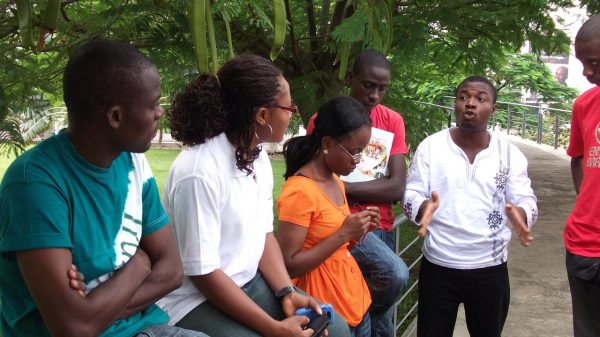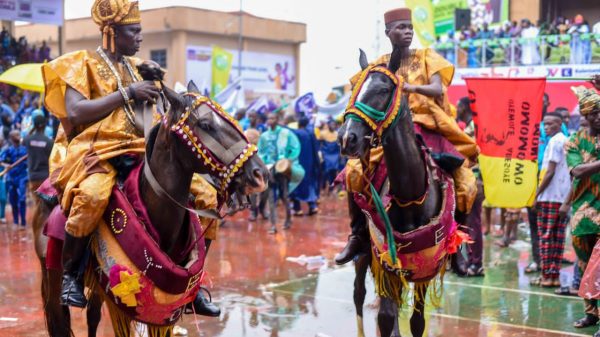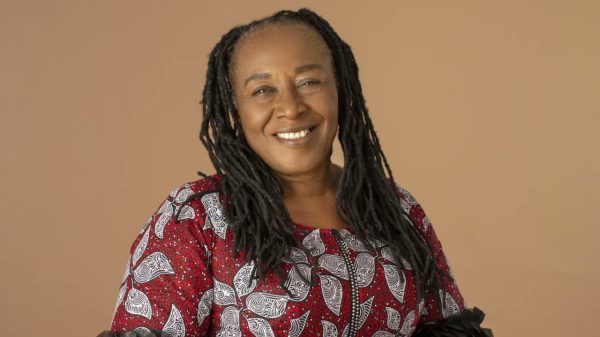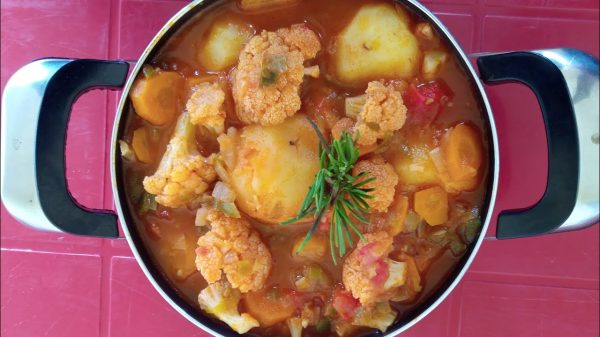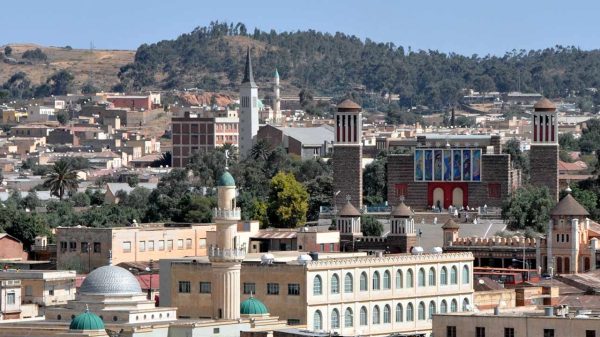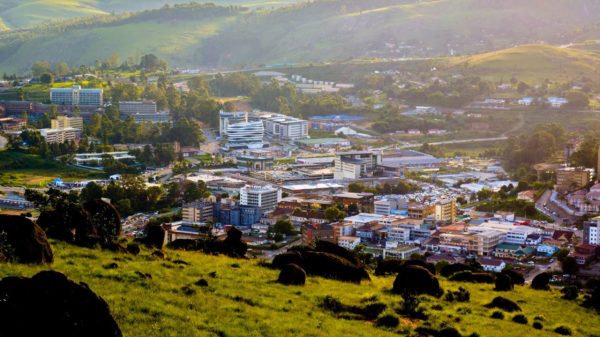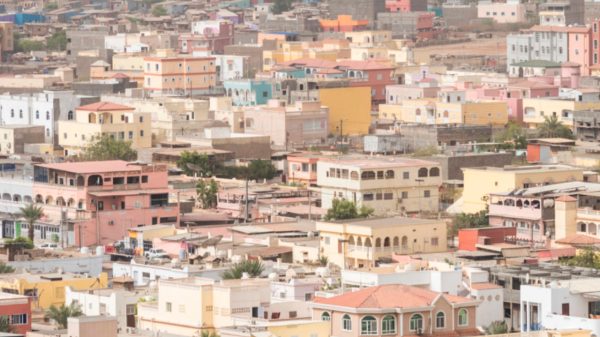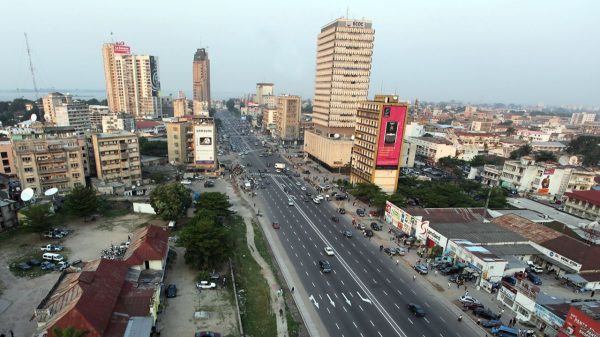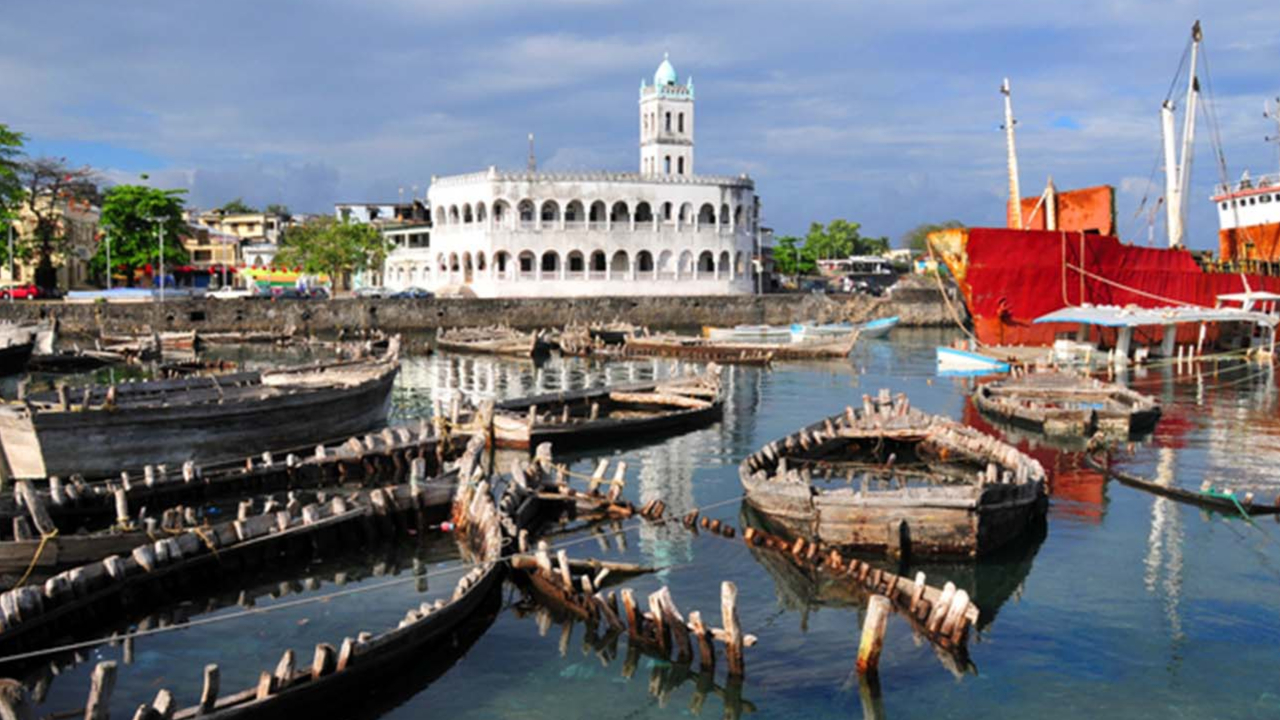Nestled in the azure waters of the Indian Ocean off the southeastern coast of Africa, the Union of Comoros is an enchanting archipelago brimming with natural beauty and unique cultural heritage.
Comprising three main islands – Grande Comore, Anjouan, and Mohéli – this volcanic nation boasts pristine beaches, lush rainforests, and the fragrant aroma of its significant spice production. Despite its small size and history of political complexities, Comoros offers a captivating blend of African, Arab, and French influences, making it a truly distinctive and fascinating destination.
1. A Volcanic Archipelago
The Comoros archipelago is a group of volcanic islands situated in the Indian Ocean between Madagascar and the African mainland. The three main islands—Grande Comore (Ngazidja), Mohéli (Mwali), and Anjouan (Nzwani)—are of volcanic origin, formed by volcanic activity over millions of years. Mount Karthala, located on Grande Comore, is the highest point in the country, rising to 2,361 meters (7,746 feet). It is an active volcano that has erupted more than a dozen times in the past two centuries, with the most recent eruption occurring in 2005. The volcanic soil contributes to the islands’ fertile land, supporting diverse agriculture and unique ecosystems.
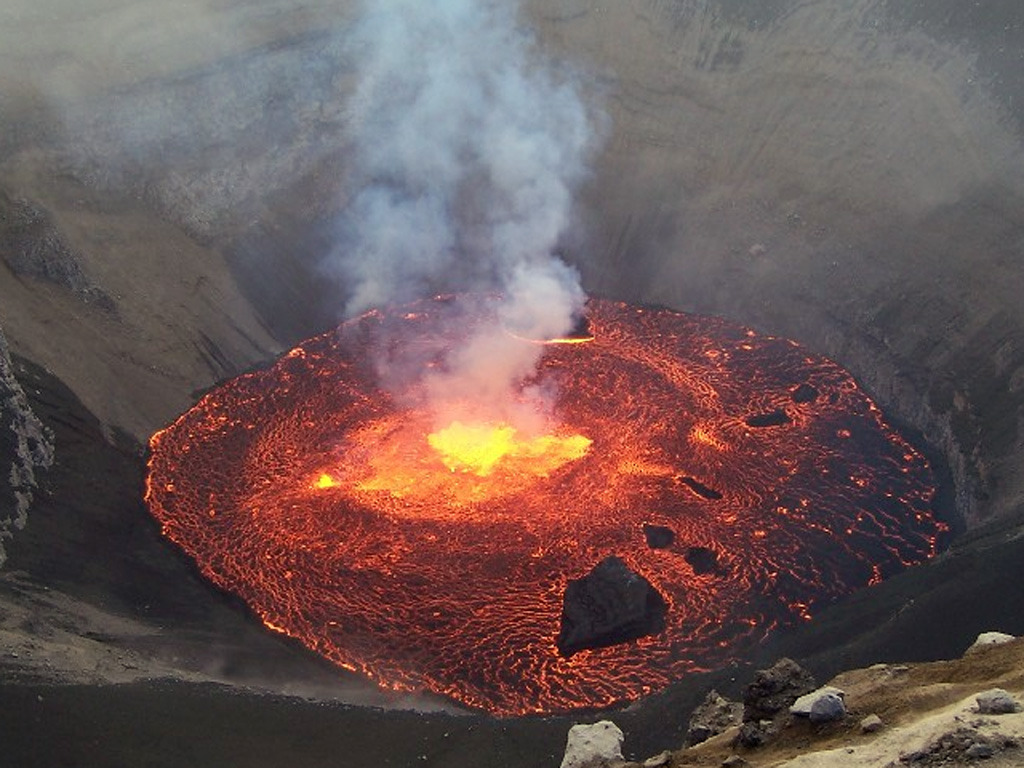
2. A Blend of Cultures
Comorian culture is a rich tapestry woven from African, Arab, and Southeast Asian influences. This diverse heritage is evident in the nation’s language, cuisine, and traditions. The Comorian language, Shikomori, is a Bantu language with significant Arabic and French influences. Islam, introduced by Arab traders, plays a central role in daily life, while French colonial history has left its mark on the legal and educational systems. Traditional music and dance reflect African rhythms and melodies, and the cuisine combines local ingredients with spices and cooking techniques from across the Indian Ocean region.
3. The ‘Islands of the Moon’
The name “Comoros” is derived from the Arabic word qamar, meaning “moon.” This celestial reference is also depicted on the national flag, symbolizing the country’s Islamic heritage and its historical connections to Arab traders. The archipelago’s strategic location along ancient trade routes facilitated cultural exchanges between Africa, the Middle East, and Asia, earning it the poetic nickname “Islands of the Moon.” This name reflects both the islands’ physical beauty and their historical significance as a crossroads of civilizations.
4. Vanilla and Ylang-Ylang Exports
Comoros is renowned for its production of vanilla and ylang-ylang, both of which are key ingredients in the global perfume industry. Vanilla cultivation benefits from the islands’ volcanic soil, which imparts a unique flavor profile to the beans. Companies like Vaniacom Ltd have successfully exported organic and fair-trade vanilla to the European Union, supporting local farmers and promoting sustainable agriculture. Ylang-ylang, a fragrant flower distilled into essential oil, is another significant export. Comoros produces about 50 to 70 tons annually, representing around 70% of the world’s production. This industry provides livelihoods for nearly 80% of Comorian farmers and contributes substantially to the national economy.
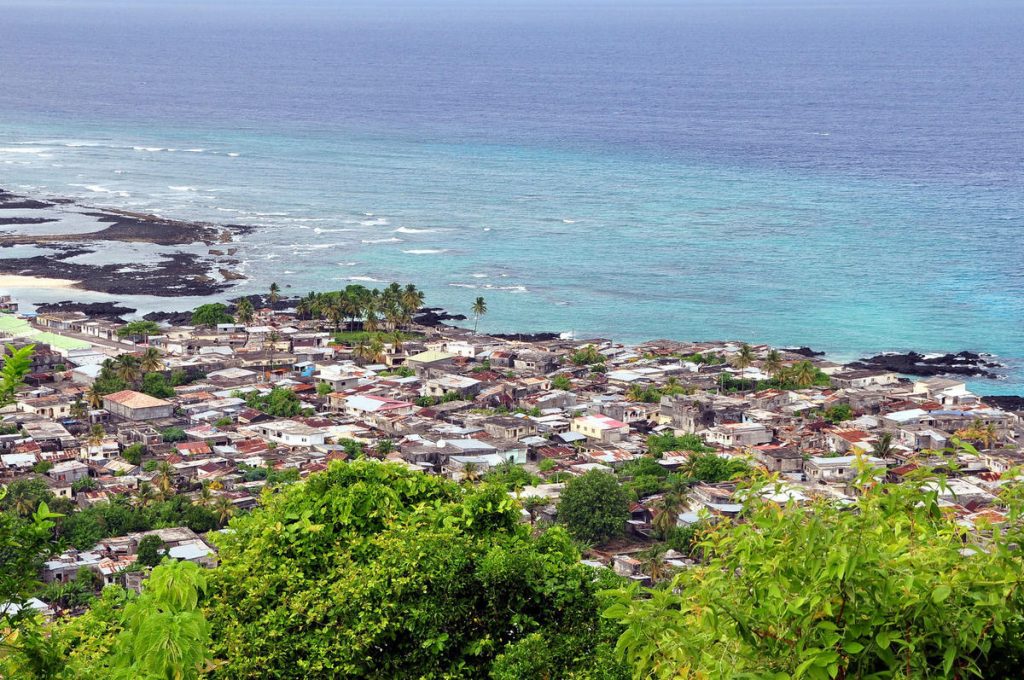
5. A History of Political Turbulence
Since gaining independence from France in 1975, Comoros has experienced a series of political upheavals, including numerous coups. The nation has struggled with political instability, with over 20 coups or attempted coups occurring in the decades following independence. This turbulence has hindered economic development and strained international relations. Efforts to establish democratic governance have faced challenges, but recent years have seen attempts to stabilize the political landscape through constitutional reforms and power-sharing agreements among the islands. The resilience of the Comorian people continues to drive the nation’s pursuit of peace and prosperity.
6. Mayotte’s Unique Status
While three of the Comorian islands form the Union of the Comoros, the fourth island, Mayotte, chose to remain under French administration. In 2011, Mayotte became an overseas department of France, a decision that continues to influence regional dynamics. Despite being part of France since 1841, Mayotte faces extreme poverty, inadequate infrastructure, and poor living conditions compared to mainland France. Approximately 77% of the population lives below the national poverty line, and many lack basic facilities. The island’s status has also led to tensions with the Union of the Comoros, which still claims sovereignty over Mayotte.
7. A Haven for Biodiversity
The islands are home to unique flora and fauna, including the endangered Livingstone’s fruit bat and various endemic bird species. Comoros is considered one of the world’s biodiversity hotspots, with ecosystems ranging from coastal mangroves and coral reefs to montane forests. The archipelago supports numerous endemic species, such as the Comoro scops-owl and the Moheli scops-owl. Marine life includes sea turtles, whales, dolphins, and dugongs. Conservation efforts, such as the establishment of the Mohéli Marine Park, aim to protect these natural treasures and promote sustainable ecotourism.
8. Predominantly Muslim Population
Islam is the dominant religion in Comoros, with the majority of the population adhering to Sunni Islam. Islamic traditions deeply influence the nation’s cultural practices and daily life. Religious education is widespread, and Islamic holidays are nationally observed. The legal system incorporates elements of Islamic law, particularly in matters of personal status and family law. Mosques are central to community life, and religious leaders play significant roles in social and political affairs. The integration of Islamic principles contributes to the nation’s cultural identity and social cohesion.
9. A Young and Growing Population
Comoros has a youthful demographic, with a significant portion of its population under the age of 25. This youthful population presents both opportunities and challenges for the nation’s development. On one hand, a young population can be a driving force for economic growth, innovation, and cultural vitality. On the other hand, it necessitates substantial investments in education, healthcare, and employment opportunities to harness this potential effectively. The government faces the task of creating policies and programs that can accommodate the needs of this demographic, ensuring that the youth are equipped with the skills and resources necessary to contribute positively to the country’s future. Addressing issues such as youth unemployment and access to quality education is crucial for the sustainable development of Comoros.
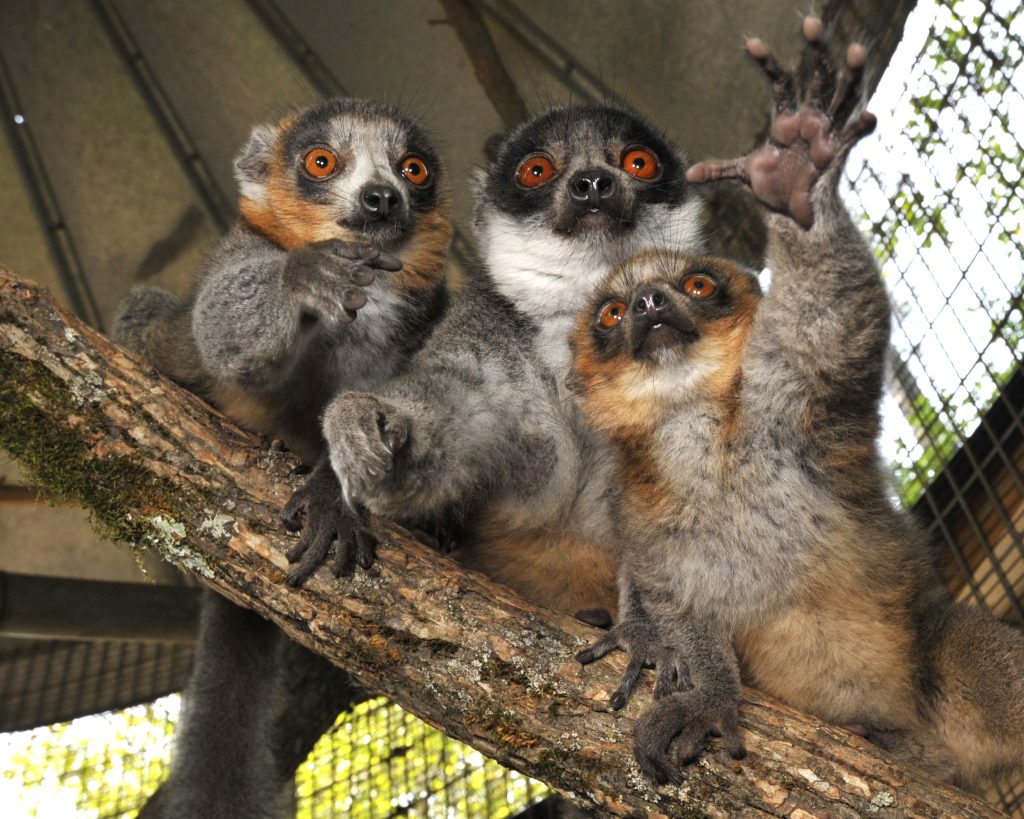
10. Strategic Location
Situated in the northern Mozambique Channel of the Indian Ocean, Comoros occupies a strategic position between the African mainland and Madagascar. This location has historically made the islands a pivotal point in maritime trade routes connecting Africa, the Middle East, and Asia. During the 17th and 18th centuries, the Comorian island of Nzwani (Anjouan) emerged as a significant port of call for European ships en route to India, with over 90% of English ships outbound to India calling at its harbor between 1601 and 1834. The islands’ strategic importance also drew the attention of colonial powers, leading to various geopolitical interests in the region. Today, Comoros’s location continues to hold strategic value, not only for maritime navigation but also for regional security and economic activities in the Western Indian Ocean.
Subscribe to our Newsletter
Stay updated with the latest trends in African Pop Culture!


